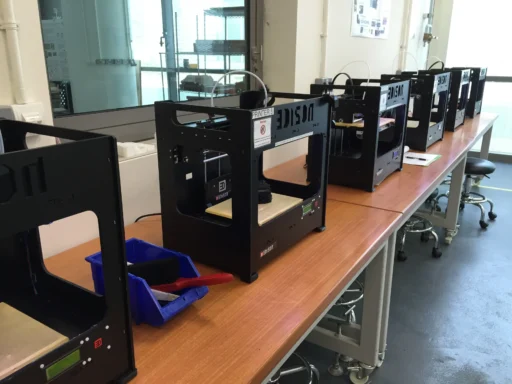Scientists from the University of Waterloo have developed a new material with many of the traits of bone tissue. By using it in 3D printers, healthcare professionals will be able to offer a progressive treatment option to patients undergoing reconstructive surgery or major skeletal repair. Funded by the Canadian Institutes for Health Research, the project illustrates how technological advances can be instrumental in both helping everyone achieve optimal health and streamlining challenging medical procedures for doctors.
Conventional surgical reconstruction in such cases involves donated bones and metal implants of specific sizes and types. To achieve a good fit, surgeons need to request bones from tissue banks to try and match their patients’ anatomy, but it is a demanding process with rarely a desirable result. For example, a recipient’s body may often reject donated bone. The innovative biopolymer nanocomposite material can be 3D-printed into a customized bone graft designed to tailor a patient’s unique needs, which simplifies the entire process. It may even eliminate the need for metal plates, bring the risk of infection to bare minimum, and give the patient’s body a better chance of successfully accepting the graft.
“We’ve created a material that is strong, 3D-printable and compatible with a potential to become new bone tissue,” said lead researcher Dr. Thomas Willett, a professor in the Department of systems design engineering. “With this technology, we can achieve the patient-specific geometry needed to reconstruct bone defects with greater success.”
The material’s nanoparticles mimic the composition of bone minerals, which helps its strengthening. The ideal scenario, according to the team, is for bone cells to grow and replace biopolymer nanocomposite with new bone. “Our work is currently focused on advancing our biopolymer nanocomposite’s functional robustness as an implant and its ability to be replaced with living bone over time,” said Elizabeth Diederichs, Waterloo PhD candidate. “The goal is for this material to reduce a patient’s need for repeated operations after undergoing bone reconstruction surgery.”
The team ran successful tests on bone-cell compatibility in collaboration with Dr. Maud Gorbet, a professor in Waterloo Engineering and director of the biomedical engineering undergraduate program. These tests showed that the biological response of bone cells outperformed all the traditional methods. Encouraged with their results, the research team is seeking funding for additional tests and regulatory approvals to develop the technology for clinical use. Fingers crossed, as these scientists have a real backbone for innovation!







Good post. I learn something totally new and challenging on sites I stumbleupon every day.
It will always be interesting to read content from other authors
and use a little something from their websites. Jepangterbaru.pro
Why users still use to read news papers when in this technological globe
the whole thing is existing on web?
I like it when individuals get together and share opinions.
Great site, stick with it!